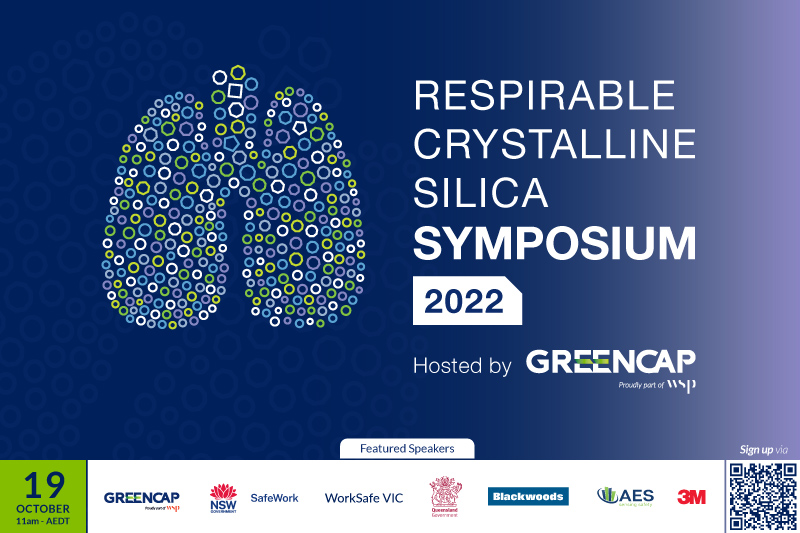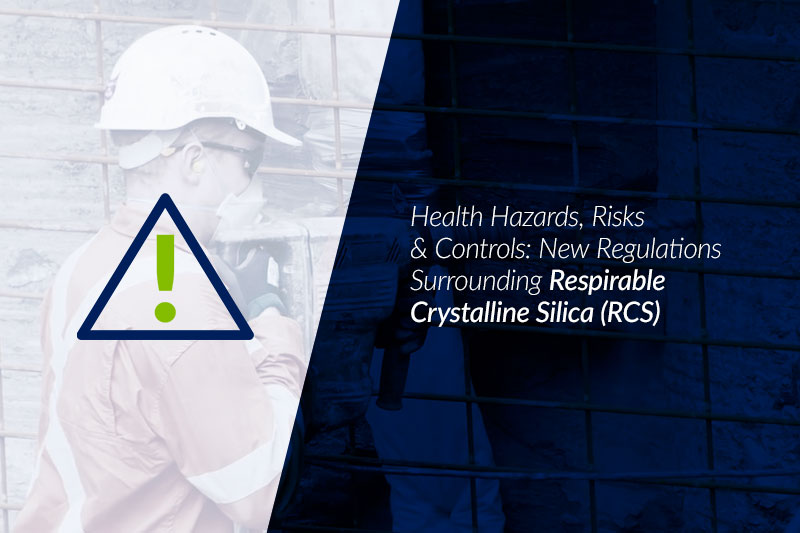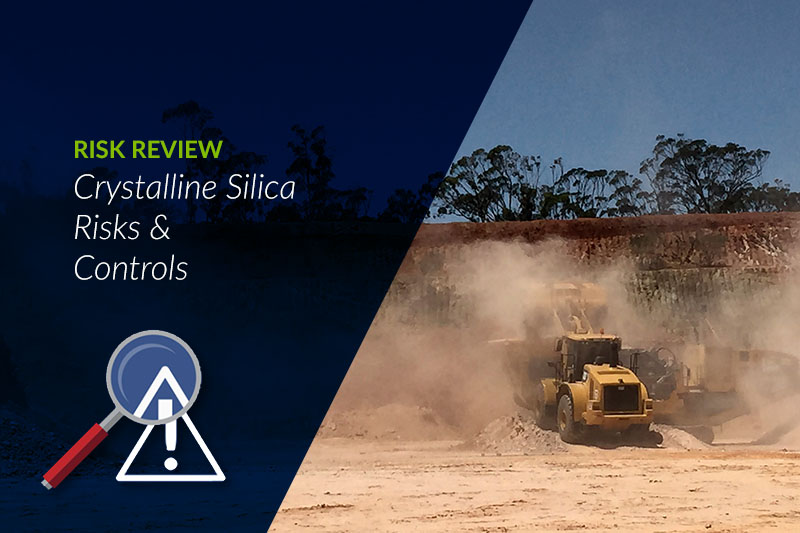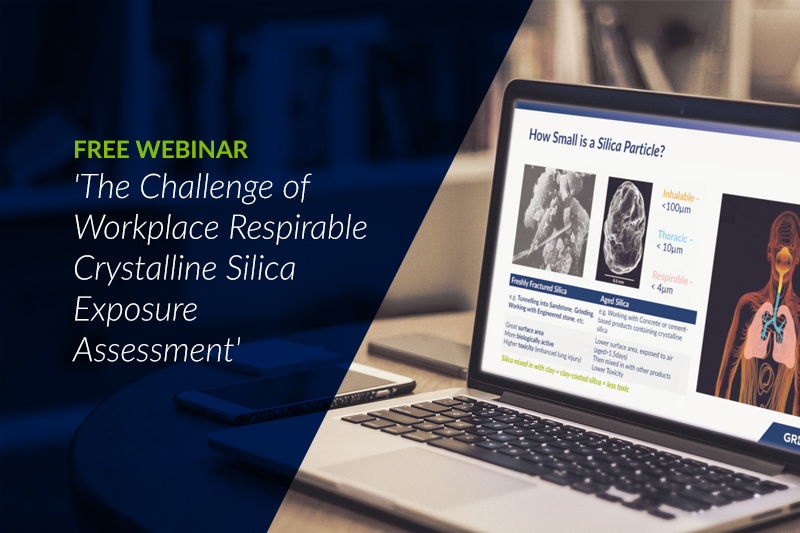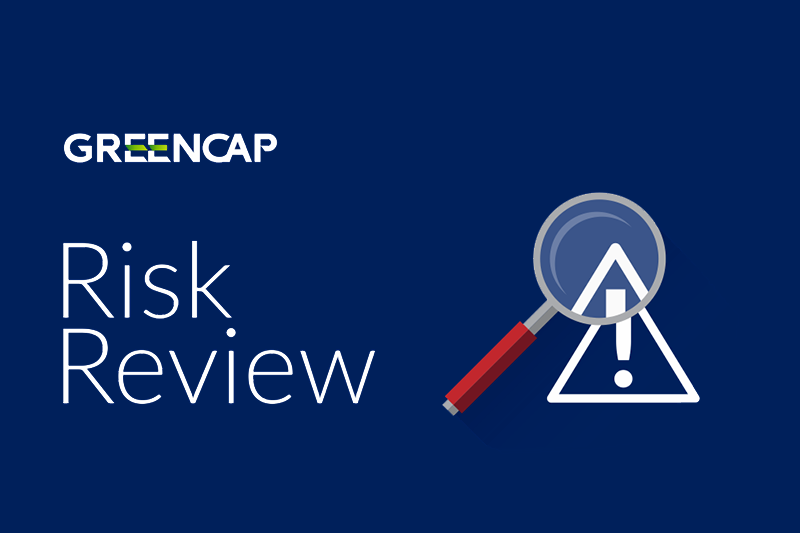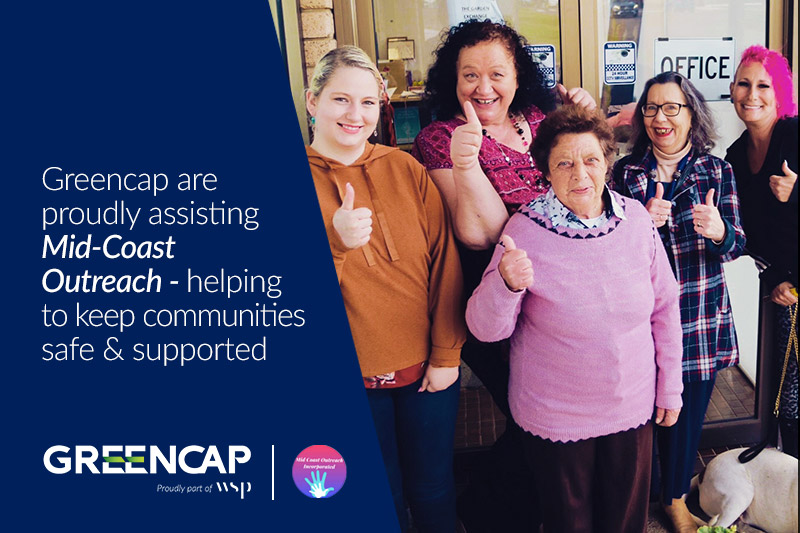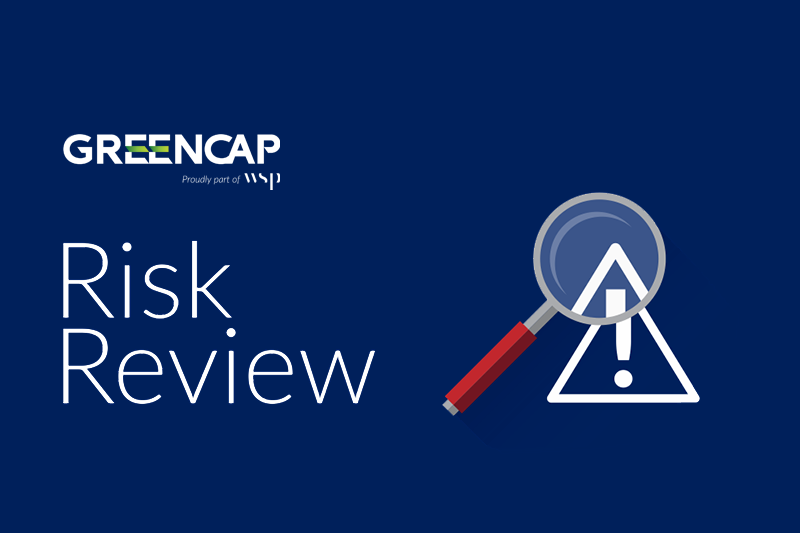Respirable Crystalline Silica
Greencap's team of occupational hygiene professionals assist clients in the development of hygiene management plans, identifying hazards, monitoring exposure levels, and implementing controls for Respirable Crystalline Silica.
Greencap is now part of WSP
Respirable Crystalline Silica (RCS) is a Category A1 carcinogen and is found in many different materials such as bricks, tiles, aggregates, mortar, concrete, shale, engineered & natural stone products, sandstone, and fibre cement sheeting. Silica-containing materials are commonly used in industries such as construction, manufacturing, stone benchtop fabrication and tunnelling.
Management of Respirable Crystalline Silica Risks should be proactive, with an industry focus in anticipation of increased legislative rigour and statutory guidance
Persons Conducting a Business or Undertaking (PCBU) and other duty of care holders have specific legislative duties to manage health and safety risks associated with hazardous chemicals, including RCS, ensuring compliance with workplace exposure standards (WES), which has recently been adjusted from 0.1mg/m3 to 0.05mg/m3. These changes will have a significant impact to how PCBUs control their activities.
Identification
RCS (Quartz) is the most hazardous type of silica, with non-crystalline types of silica (e.g. amorphous silica) being significantly less hazardous to humans. The percentage of silica within the rock or product is relevant to its risk potential as there maybe be around 5% silica with marble, but up to 95% silica within engineered stone. Specific workplace activities need to be reviewed to confirm if they are high, medium or low risk processes for generating silica dust. High-risk activities include, stone fabrication, tunnelling, excavation, drilling, abrasive blasting and jack hammering.
A Certified Occupational Hygienist (COH®) can develop an exposure assessment strategy and assist in implementing regulatory requirements for occupational health and hygiene. Any occupational exposure assessment should start with a workplace characterisation process where workers are organised into similar exposure groups (SEGs) based on work activities.
Control Measures
Control measures need to be in line with the Hierarchy of Controls which, in order of most to least effective, are Elimination, Substitution, Isolation, Engineering, Administrative & Personal Protective Equipment. A combination of these controls may be required to achieve the best outcome for your workers.
Health monitoring for worker exposure to silica is a key control measure for workers carrying out ongoing work with silica.
Greencap Services
![]()
Risk-Based Hygiene Management Plans
Within Greencap’s consulting team are a number of certified occupational hygienists (COH®) and full members of the Australian Institute of Occupational Hygienists (AIOH) who assist clients with the development of scientific risk-based hygiene assessment and management plans in Australia and New Zealand.
![]()
Hazard Identification
Greencap’s experienced occupational hygiene team undertake the identification of crystalline silica hazards through a five-step process:
- Basic characterisation
- Workplace information gathering
- Exposure assessment & mitigation
- Hazard control & risk mitigation
- Reassessments
![]()
Workplace Monitoring
Greencap can conduct risk assessments and also develop and conduct workplace personal exposure monitoring for respirable crystalline silica and other workplace hazards.
![]()
Exposure Mitigation
Greencap has experience in mitigating potential occupational exposures and can assist workplaces in ensuring that current controls are or continue to be effective and recommend new or control improvements.
In addition to other controls, Greencap’s Occupational Hygienists can assist with PPE including selection of appropriate respiratory protection equipment.
Frequently Asked Questions
What is respirable crystalline silica (RCS) dust?
Respirable crystalline silica (RCS) is very fine silica dust which is capable of entering the deepest portion of the lungs. Less than 3 microns in diameter.
How do you monitor silica exposure?
Silica exposure is monitored via an air sample which is collected onto a filter, which is either worn by the worker, or collected near where they complete their duties. A sampling pump and filter is connected to a worker in their breathing zone, and it collects the fine dust they are exposed to over a day, which is analysed by weight, and x-ray diffraction which can determine how much RCS is in the sample.
How is RCS hazardous and how does it affect the body?
RCS can cause significant lung inflammation and scarring, fibroid tissue, asthma, chronic pulmonary disease, heart disease, cancer and a range of other illnesses. It can also affect the body acutely, such as inflamed eyes and mucus membranes, and can be carried on clothes away from the worksite and expose family members or other people.
What are the crystalline silica exposure limits in Australia?
The crystalline silica exposure limit in Australia is .05 micrograms per cubic metre of air over an eight hour period (Safe Work Australia)
Click here to download the Respirable Crystalline Silica (RCS) Fact Sheet (PDF)
Resources to Understand Your Crystalline Silica Risks & Controls
Article
Health hazards, risks and controls: New regulations surrounding Respirable Crystalline Silica (RCS)
Industry News
Risk Review
News
Mid-Coast Outreach & Greencap - Helping to keep communities safe and supported
Risk Review
The Asbestos Register – A cornerstone for managing asbestos
Greencap acknowledges the Traditional Owners of Country throughout Australia and recognises their continuing connection to land, waters and culture. We pay our respects to their Elders past, present and emerging.


